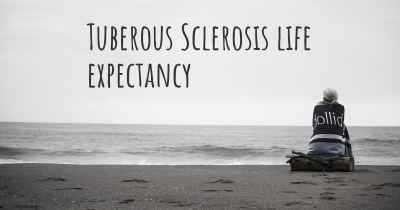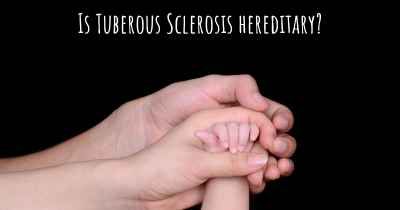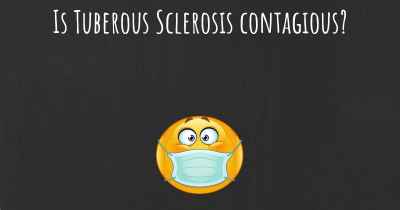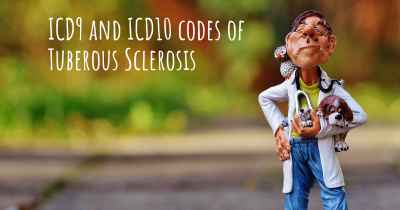How is Tuberous Sclerosis diagnosed?
See how Tuberous Sclerosis is diagnosed. Which specialists are essential to meet, what tests are needed and other useful information for the diagnosis of Tuberous Sclerosis
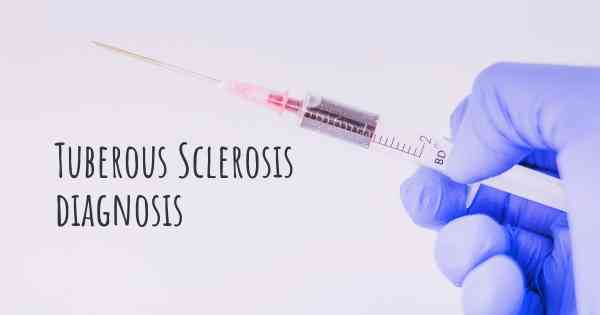
Tuberous Sclerosis (TS) is a rare genetic disorder that affects multiple organs in the body. It is characterized by the growth of noncancerous tumors, called hamartomas, in various organs, including the brain, heart, kidneys, lungs, and skin. TS can cause a wide range of symptoms and complications, including seizures, developmental delays, intellectual disabilities, skin abnormalities, and kidney problems.
Diagnosing TS can be challenging due to its diverse manifestations and the variability of symptoms among affected individuals. However, there are several key steps and diagnostic tools that healthcare professionals use to identify and confirm the presence of TS.
Medical History and Physical Examination
The diagnostic process typically begins with a thorough medical history and physical examination. The healthcare provider will ask detailed questions about the patient's symptoms, family history, and any previous medical conditions. They will also perform a comprehensive physical examination to look for characteristic signs of TS, such as skin lesions, facial angiofibromas (small red bumps on the face), and other physical abnormalities.
Diagnostic Criteria
There are specific diagnostic criteria established by the International Tuberous Sclerosis Complex Consensus Conference that help guide the diagnosis of TS. These criteria include the presence of major and minor features associated with TS, as well as genetic testing results. The major features include cortical tubers, subependymal nodules, subependymal giant cell astrocytomas, cardiac rhabdomyomas, lymphangioleiomyomatosis, renal angiomyolipomas, and facial angiofibromas. Minor features include dental enamel pits, retinal hamartomas, multiple renal cysts, and nonrenal hamartomas.
Genetic Testing
Genetic testing plays a crucial role in confirming the diagnosis of TS. It involves analyzing a blood or saliva sample to identify mutations in the TSC1 or TSC2 genes, which are responsible for causing TS. Genetic testing can be performed using various techniques, including DNA sequencing and deletion/duplication analysis. Identifying a pathogenic mutation in one of these genes is highly indicative of TS.
Imaging Studies
Imaging studies are often employed to visualize the internal organs and detect the presence of tumors or other abnormalities. Magnetic Resonance Imaging (MRI) is commonly used to examine the brain and detect cortical tubers, subependymal nodules, and other brain lesions associated with TS. Computed Tomography (CT) scans may also be used to assess the extent of organ involvement and identify tumors in the kidneys, lungs, or other affected areas.
Electroencephalogram (EEG)
An electroencephalogram (EEG) is a test that measures the electrical activity of the brain. It is often performed to evaluate individuals with suspected seizures or epilepsy, which are common symptoms of TS. EEG can help identify abnormal brain wave patterns that are indicative of seizures and assist in determining the appropriate treatment.
Other Diagnostic Tests
In addition to the above-mentioned diagnostic methods, there are other tests that may be utilized depending on the individual's symptoms and suspected complications. These include:
- Echocardiogram: This ultrasound test examines the heart to detect cardiac rhabdomyomas, which are common in infants with TS.
- Kidney Imaging: Ultrasound or CT scans may be used to assess the kidneys for the presence of angiomyolipomas or cysts.
- Lung Function Tests: These tests evaluate lung capacity and function, particularly in individuals with suspected lymphangioleiomyomatosis (LAM).
- Eye Examination: An ophthalmologist may perform a comprehensive eye examination to identify retinal hamartomas or other ocular abnormalities.
- Neuropsychological Testing: This assessment helps evaluate cognitive function, learning abilities, and behavioral issues in individuals with TS.
It is important to note that the diagnosis of TS is often made based on a combination of clinical findings, genetic testing results, and imaging studies. The involvement of a multidisciplinary team, including geneticists, neurologists, dermatologists, and other specialists, is crucial in accurately diagnosing and managing TS.
Posted Apr 2, 2019 by Marocas 870
Posted Jun 17, 2020 by Nick Fn Blum 2640
The additional tests are looking for signs to establish the diagnosis of STB and possibly a complication which will require monitoring or special care.
The examination of the skin under light Wood helps highlight the spots achromiques.
The fundus research phacomes retinal.
Ultrasound renal research angiomyolipomas, tumors and cysts of the kidneys. The cardiac ultrasound highlights of rhabdomyomes.
The brain scan or the magnetic resonance imaging (MRI) to look for intracranial lesions evocative as tubers cortical nodules subependymal of astrocytoma giant cell.
Finally, a ct scan of the lungs is advised to adulthood in all women with STB to search for the lymphangioleiomyomatosis (LAM).
The identification of the genetic abnormality is usually not necessary to establish the diagnosis of the disease, but it is useful and may be essential in some cases, particularly in the context of genetic counselling in the home of a couple in which one partner is suffering from STB.
Posted Apr 7, 2017 by Guillaume 1085
Posted Sep 19, 2017 by claudia 2020
Posted Oct 3, 2017 by PAOLA 2500
Posted Oct 11, 2017 by RolenMan 3120
